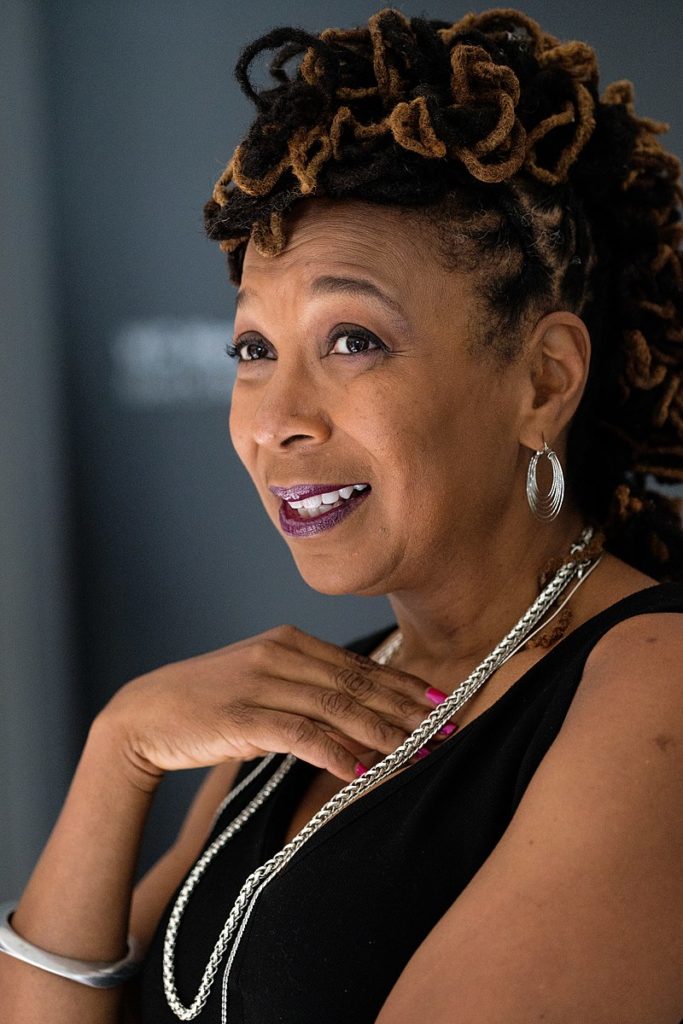Intersectionality 101: What it is, where it came from, and how to incorporate it into your research

This is a primer on the theoretical framework known as “intersectionality,” and the related term “intersectional feminism” but if you’d like to know more, we suggest you read the defining paper on the topic. It was written by Kimberlé Crenshaw in 1989 and is titled Demarginalizing the Intersection of Race and Sex: A Black Feminist Critique of Antidiscrimination Doctrine, Feminist Theory and Antiracist Politics.
You can also watch her Ted Talk on the subject, which is embedded below.

Intersectionality is defined by Merriam-Webster as the “complex, cumulative way in which the effects of multiple forms of discrimination (such as racism, sexism, and classism) combine, overlap, or intersect, especially in the experiences of marginalized individuals or groups.”
In other words: The framework considers an individual’s overlapping identities and experiences to paint a clear picture of the unique forms of prejudice or bias they may face, and how discrimination can be amplified when the different components that make up a person are put together.
While the term was coined by Kimberlé Crenshaw more than thirty years ago, the seeds of the framework were planted in the 1960s when Black feminists spoke out about the white, middle-class nature of the feminist movement.
The mainstream feminist movement of the 1960s failed to encompass the experiences of low-income, non-white feminists. While middle-class white women were speaking out against the pressures they faced to stay home and raise children, not all women had the luxury of being homemakers and had to work to keep food on the table.
Intersectional feminism is an acknowledgment that there isn’t a “one size fits all” approach to feminism.
Intertwining systems create different opportunities for discrimination to occur — and all are valid and fall within the broader spectrum of ‘feminism.’
In the video below, Crenshaw discusses The 1976 case of DeGraffenreid vs General Motors as a defining example of intersectionality.
In May 1976, Emma DeGraffenreid and several other Black women sued General Motors “on behalf of Black women” for racial and gender discrimination amid hiring practices.
The court found that GM wasn’t discriminating against women when it came to secretaries — and the company successfully disproved racial discrimination because it hired and retained Black employees.
What the court ignored was the fact that the vast majority of secretaries were white women, and the Black employees the company hired were predominantley male and employed in factory or industrial roles.
“If the court were able to see how these policies came together, [the judge] would be able to see the double discrimination that Emma DeGraffenreid was facing,” Crenshaw says in her Ted Talk.
“The [judge] refused to let Emma put two causes of action together to tell her story because he believed by allowing her to do that, she would be able to have preferential treatment, [and that] she would be allowed to have ‘two swings at the bat,’ while African American men and white women only had one.”
But African American men and white women didn’t need to take ‘two swings’ to tell the story of the discrimination they faced, Crenshaw says.
“Rather than broadening the frame to include African American women, the court simply tossed their case out.”
The women lost the case.
Today, intersectionality has broadened its scope beyond race and gender to consider the discrimination all people face based on physical ability, ethnicity, nationality, appearance, citizenship, socioeconomic status, and more.
Despite its 30-plus year history, ‘intersectionality’, is gaining popularity in academic and business-related conversations alongside an increasing interest in diversity and inclusion initiatives.
A Google trend analysis shows a steady rise in searches for ‘intersectionality’ starting around 2013:

Along with its rise in popularity, some worry ‘intersectionality’ is being thrown around lightly and without a genuine understanding of what it is.
Y’all use Intersectionality as research parsley. Don’t even know what it means, just throwing it on.
— Brittany M. Williams, Ph.D. (@DrBritWilliams) May 7, 2020
Here are some tips on how to put intersectionality into practice, courtesy of the Affiliation of Multicultural Societies and Service Agencies of BC (AMSSA):
As a researcher or business owner:
